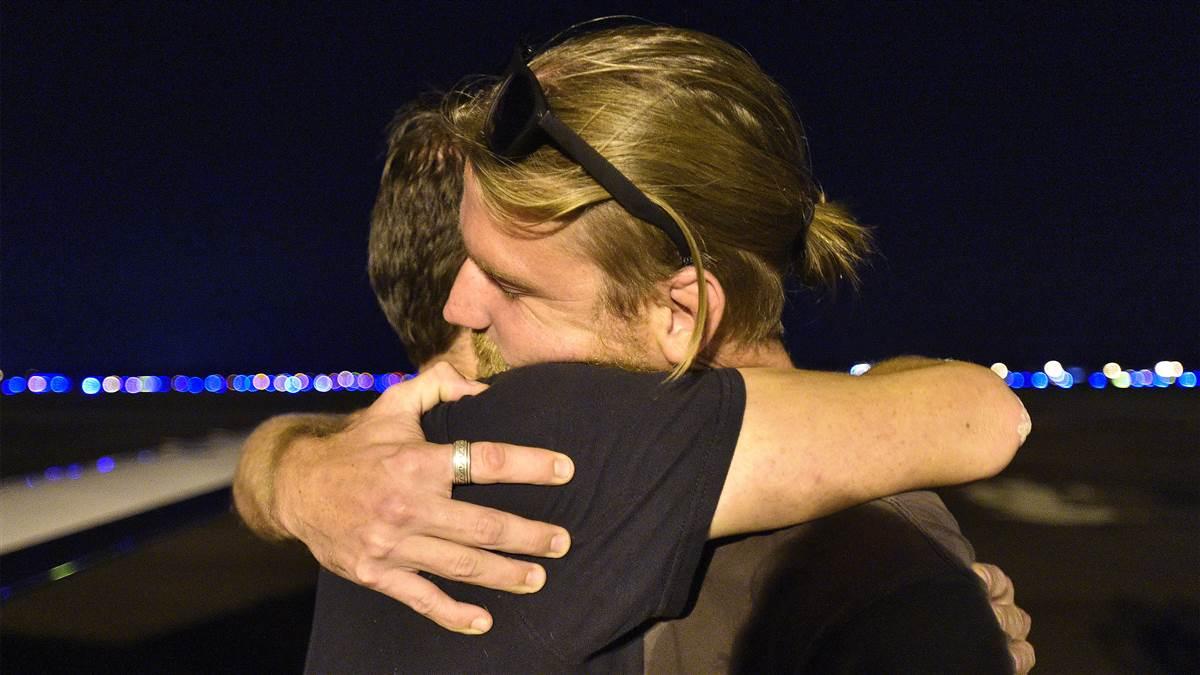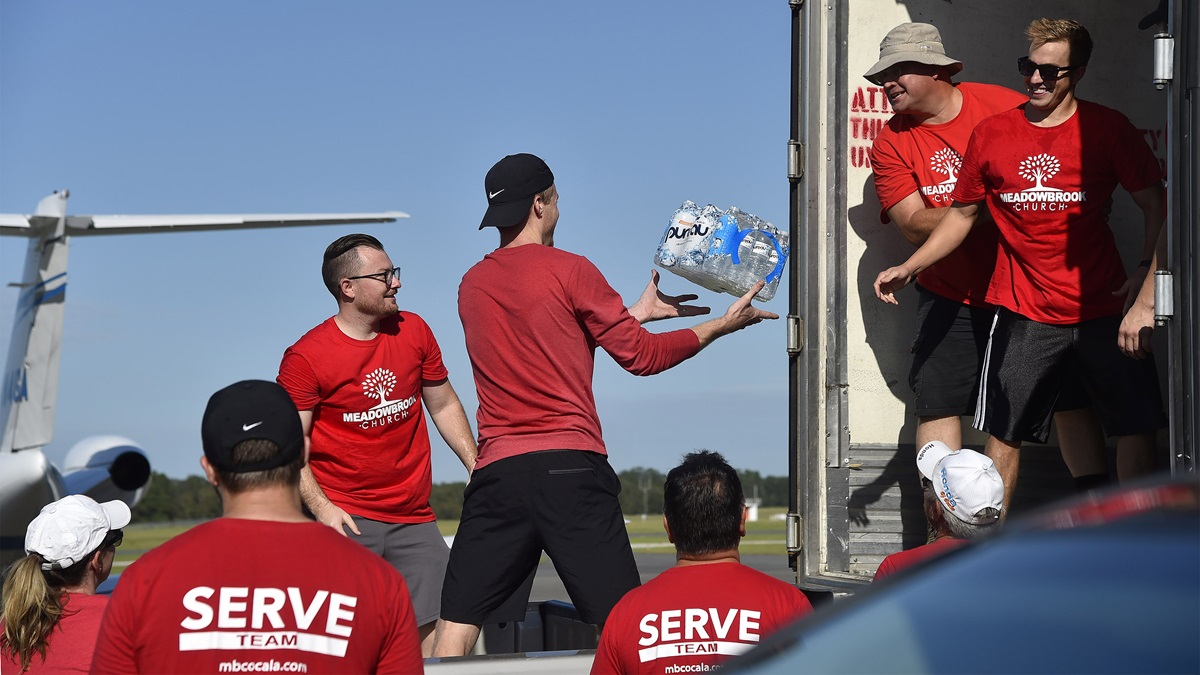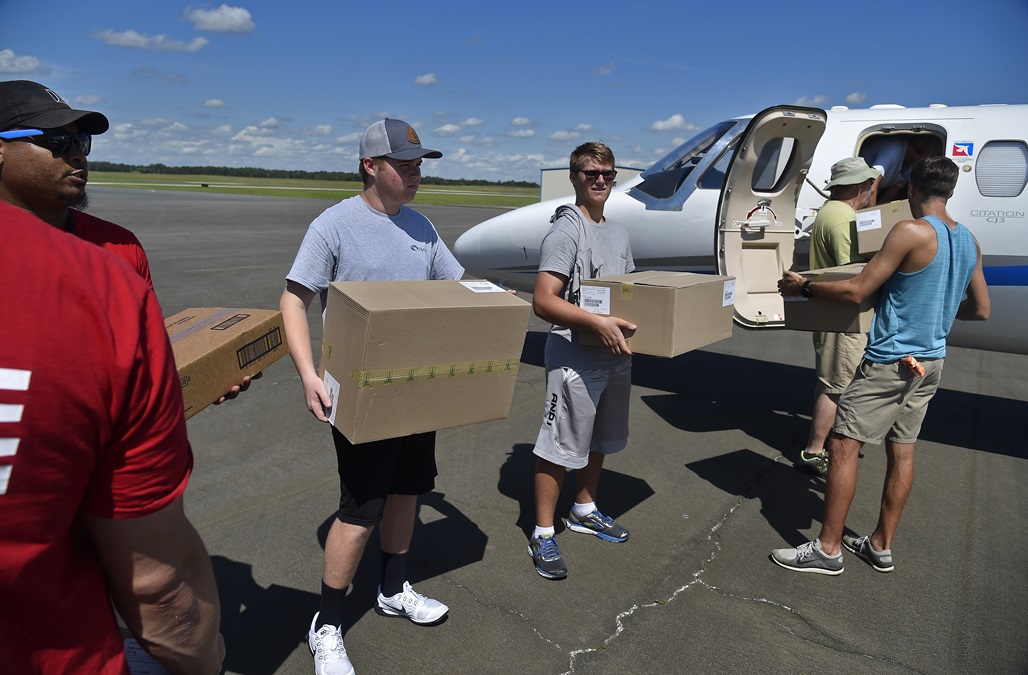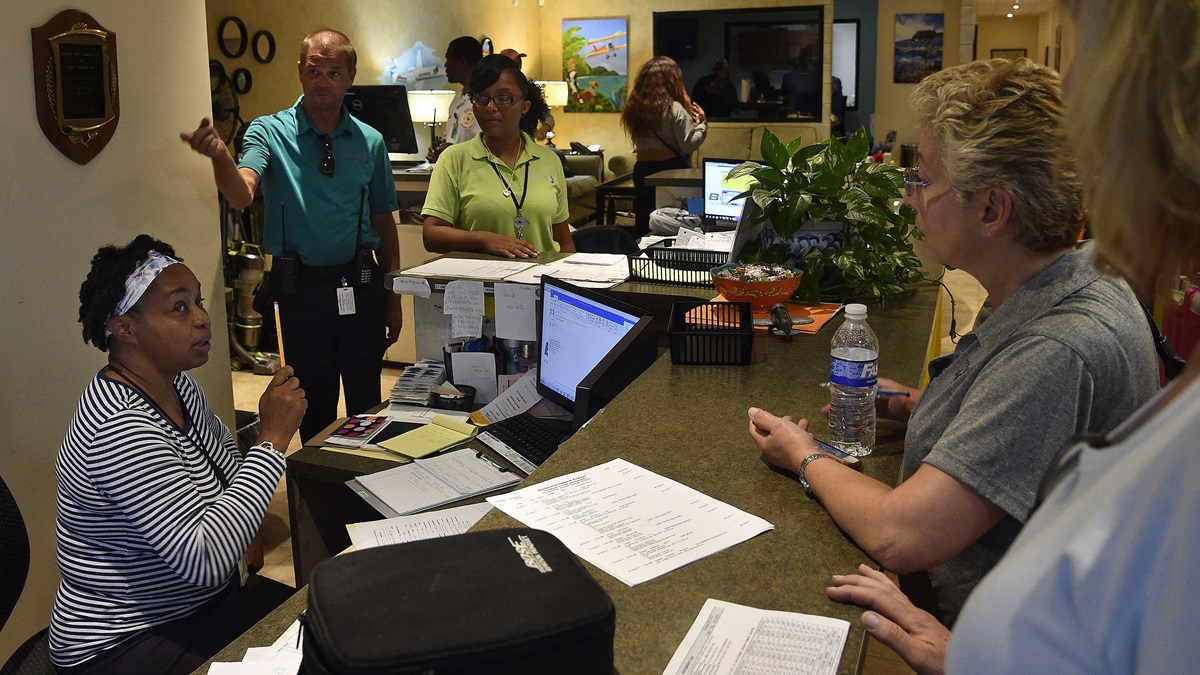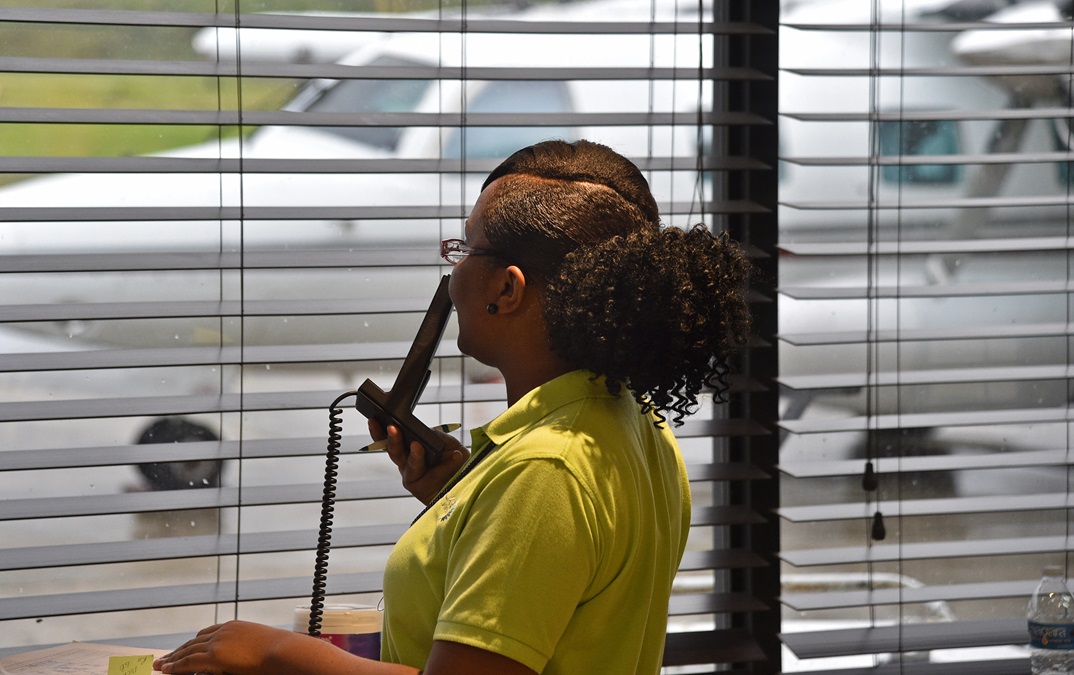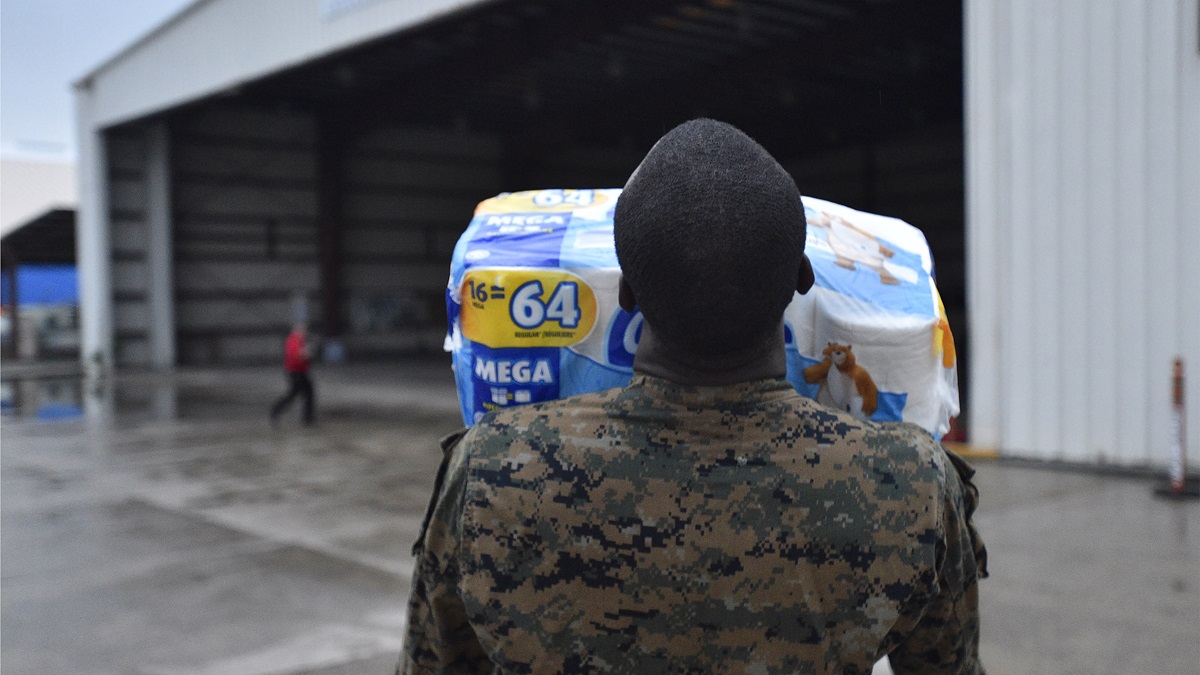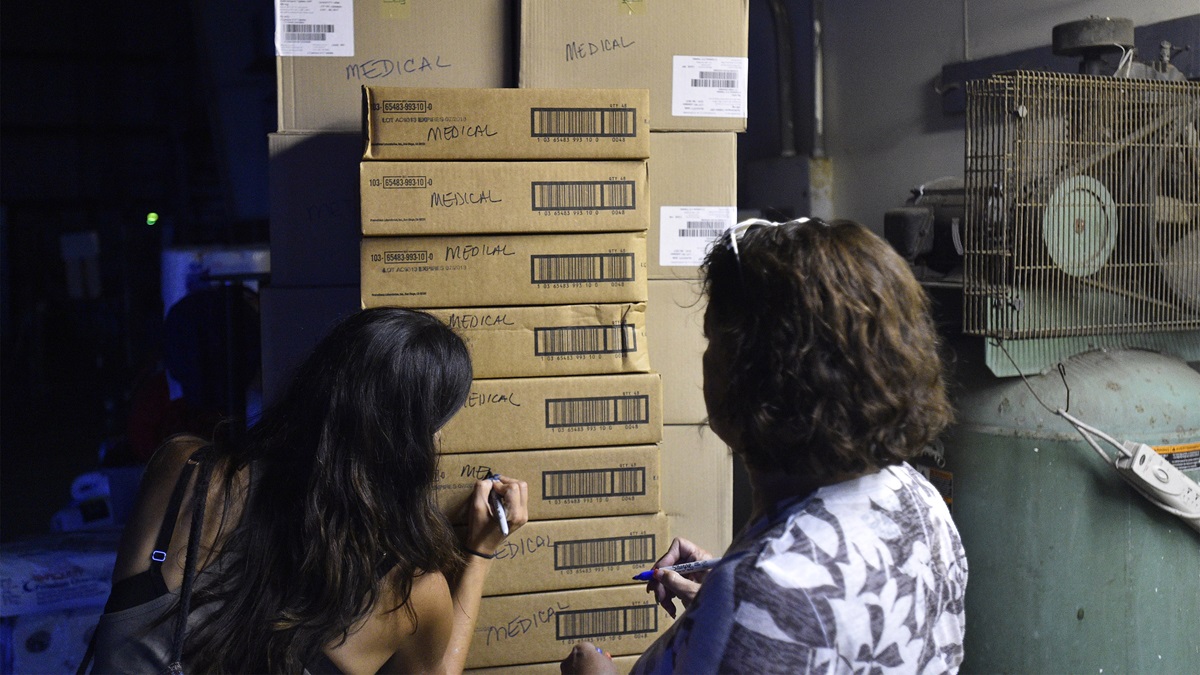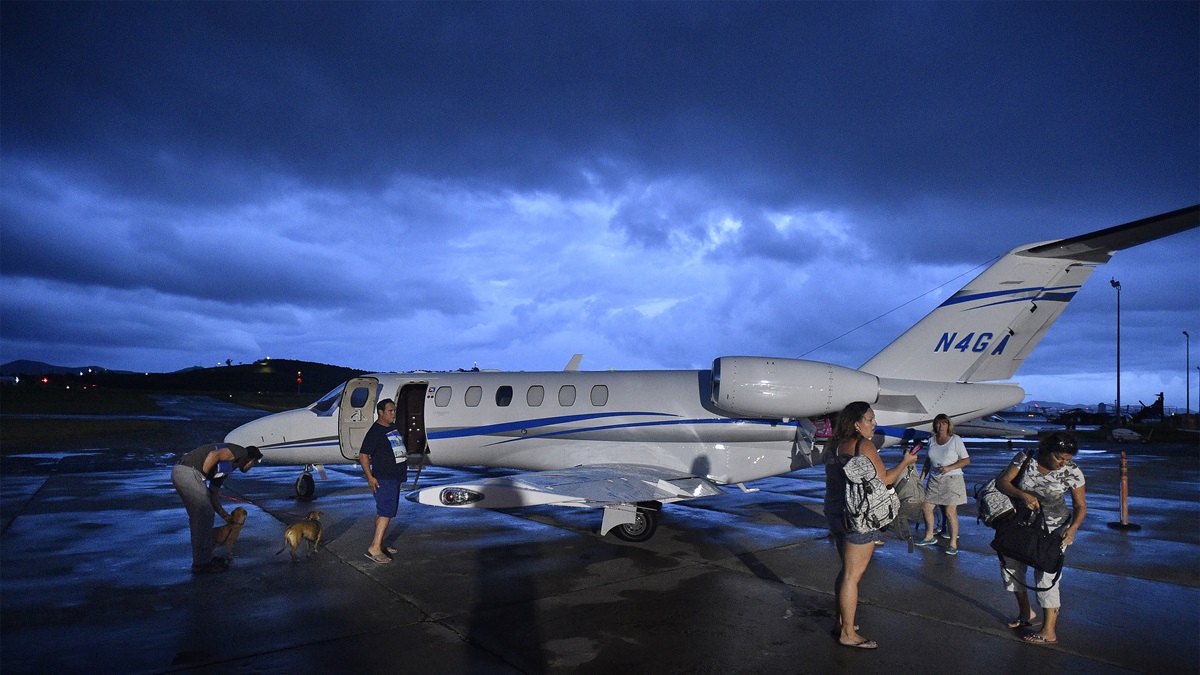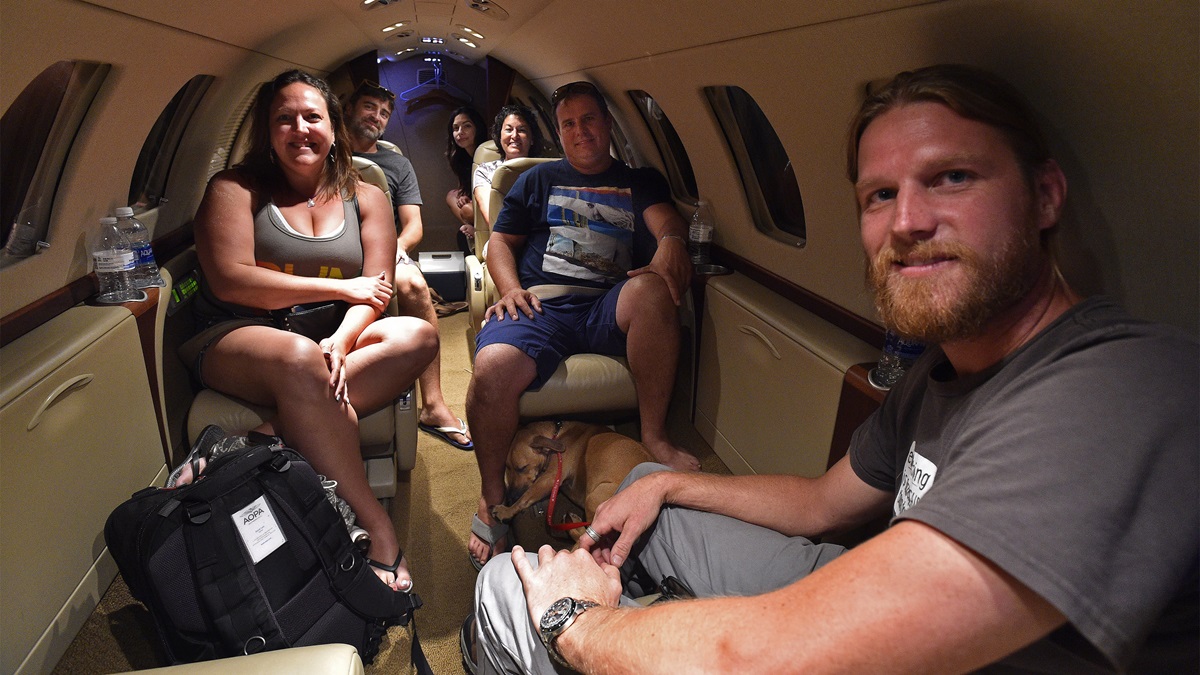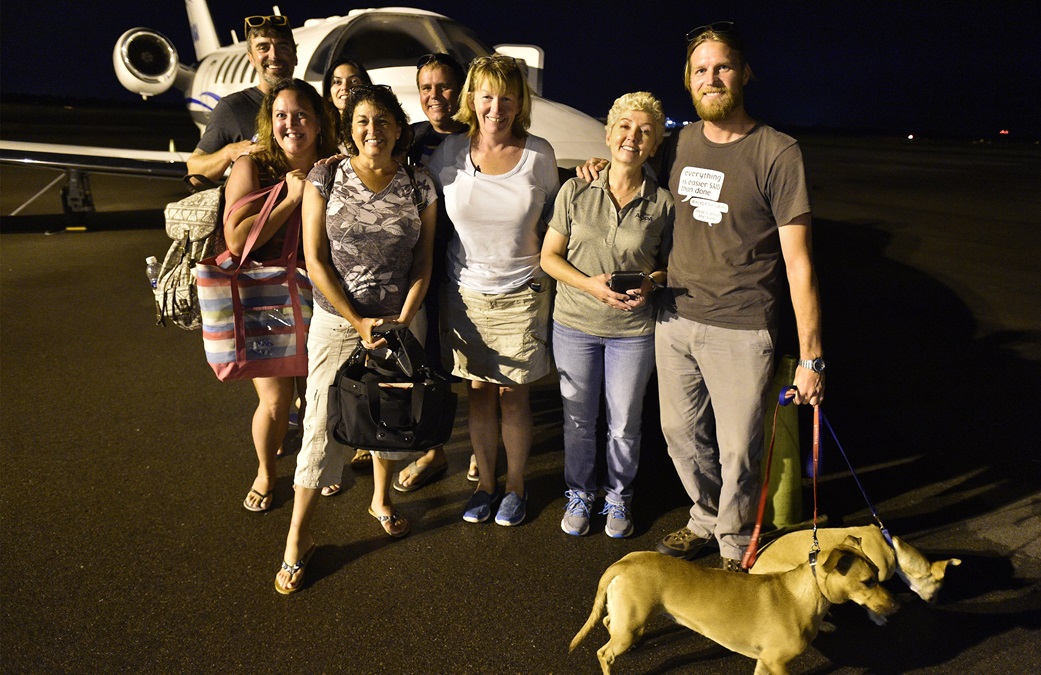GA pilots deliver medicine to Virgin Islands, evacuate people
AOPA pilots, US military, and evacuees work together for Hurricane Irma relief
A delivery of life-saving antibiotics to Hurricane Irma victims in the U.S. Virgin Islands began with a phone call from an Ocala, Florida, general aviation ramp and ended 12 hours later after six Saint John island evacuees and a pair of pets shared hugs, tears of joy, and wagging tails upon reaching the U.S. mainland.
Cases of much-needed Azithromycin, insulin, and other pharmaceuticals, along with cleaning supplies, necessities for infants, food, and drinking water, were belted into passenger seats, stuffed into cargo holds, and maneuvered into the nooks and crannies of a Cessna Citation CJ3 bound for Saint Croix, U.S. Virgin Islands, Sept. 14.
The medicine was needed to keep disease at bay for nearby Saint John residents and visitors who waded through waist-deep sludge and debris after powerful Hurricane Irma ripped the smallest of the three U.S. Virgin Islands to shreds Sept. 6. Gov. Kenneth Mapp told CNBC that the quaint island paradise colonized in the 17th and 18th centuries took a “devastating blow” and predicted the rebuilding efforts were going to be “a long haul.”

AERObridge, the nonprofit, all-volunteer organization that acts as a GA clearing house in times of emergency needs, joined other relief groups in a bucket brigade of aircraft leapfrogging supplies from Florida’s mainland further south into the Keys and beyond.
A lengthy delay for the medicine’s arrival at Ocala International-Jim Taylor Field Airport didn’t dampen the spirits of the pilots or the volunteers. “These things happen,” explained AERObridge local coordinator Bryan Morgan. “It’s a very fluid environment.”
AOPA pilots Luz Beattie and Janet Davidson plotted a course to the tiny dot at the convergence of the Atlantic Ocean and Caribbean Sea while other pilots filled their own aircraft from Ocala’s Sheltair fixed-base operations ramp, which was a beehive of activity.
The airfield joined Lakeland, the home of the Sun 'n Fun International Fly-In and Expo, and Miami Homestead General Airport as hubs for the massive GA volunteer relief effort, which swung into Florida after Houston mopped up from Hurricane Harvey.
Cessna 414 owner Chandler White downed a sandwich as mechanics diagnosed a brake problem that momentarily grounded his efforts in Ocala. He had participated in several “milk run” shuttles between the three airfields in his burgundy-and-white twin laden with food, drinking water, and cleaning supplies. “I saw a call go out on the BeechTalk forum and threw my hat in the ring, so to speak,” explained the Hickory, North Carolina, resident.
Pilatus PC-12 owner Alan Keenan surveyed his silver-and-blue aircraft as it gulped in cases of bottled water. He said the single-engine turboprop was perfect for the mission because it could handle a heavy payload. “It’ll hold about 1,600 pounds of cargo and two passengers and is kind of like a flying [Chevrolet] Suburban,” said the Sikeston, Missouri-based pilot. His assignment was to shuttle supplies to Homestead, just south of Miami, for further transport to Florida’s Summerland Key Cove Airport, another GA airfield playing a major role in the massive cleanup.
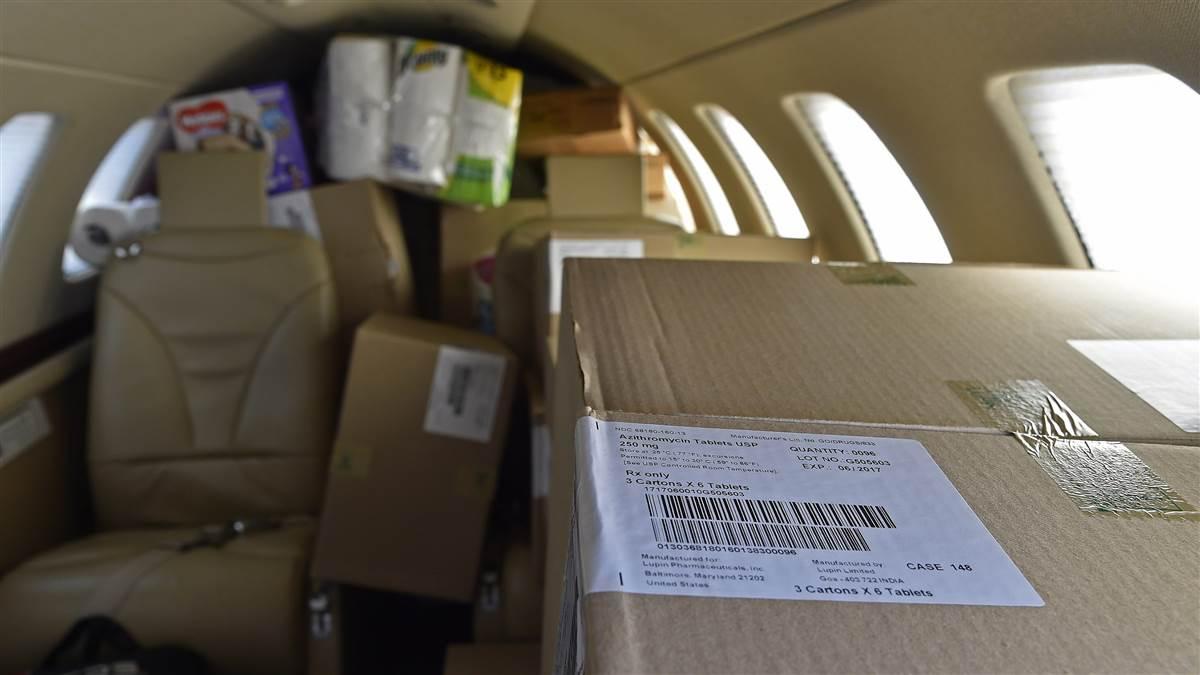
“We can’t do this without you guys,” said Steve Ewing of Crossroads Alliance & Ministries in Ocala, as a cooler of insulin and two dozen cases of medication arrived by pickup truck. “This is about $300,000 of medicine,” he noted as red-shirted volunteers from Meadowbrook Church slung the boxes down a line of human hands and into the waiting jet aircraft. AOPA’s Citation normally operates as a business tool, but it has deployed for previous humanitarian efforts, including a mission to deliver athletes for the 2014 Special Olympics USA Games in New Jersey.
After a quick fuel stop at Miami Executive Airport, Beattie and Davidson piloted the Citation southeast past the shallow turquoise Bahamas waters. Darkening skies greeted the aircraft near Puerto Rico, forcing the pilots to veer left and right on approach to Henry E. Rohlsen Airport's Runway 10. The skies opened up as the CJ taxied to the Bohlke FBO with only moments to spare before the customs desk closed for the evening. The arrival triggered a chaotic scene of crackling radios and sprinting ramp personnel trying to make the deadline.
A knot of damp and weary travelers who were stranded after attending a friend’s wedding at Saint John—about 40 miles north of Saint Croix—sat slumped in overstuffed chairs. The group of three women and three men (plus two dogs) were dressed in T-shirts and shorts, and had little else. They all wore expressions of misery—even the pets.
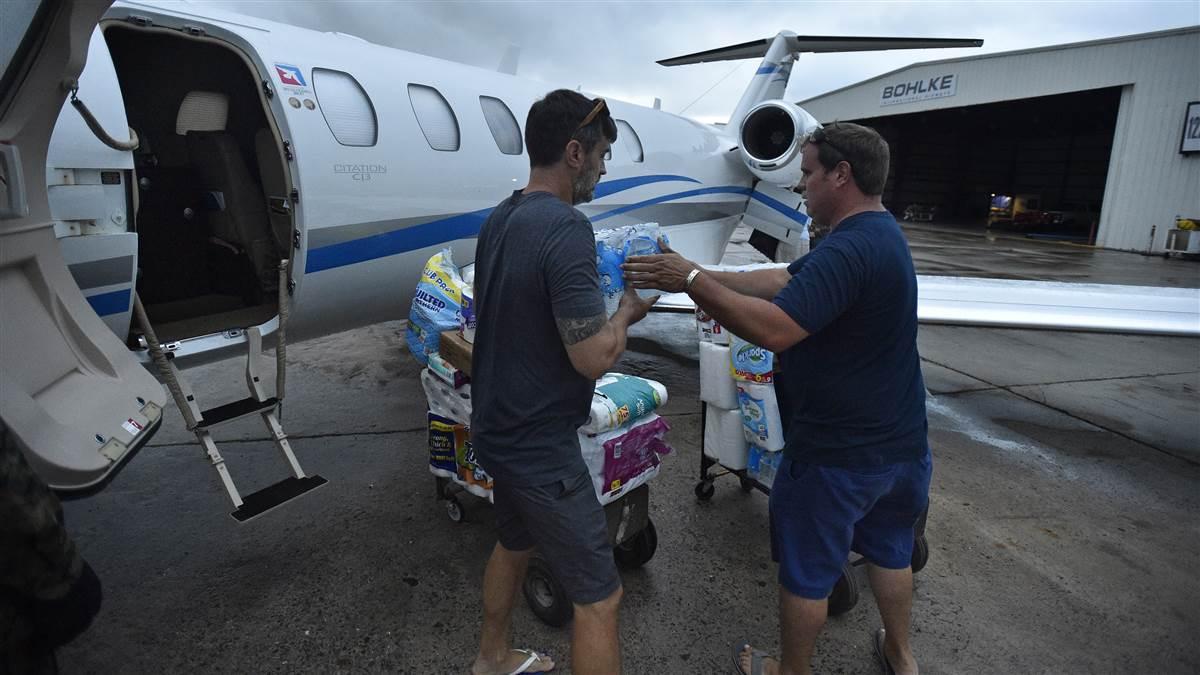
While the aircraft was fueled up for the return flight, the group of six flip-flop-clad evacuees worked side by side with U.S. military personnel to quickly unload medicine and relief supplies in dwindling daylight before they jumped aboard the aircraft bound for the U.S. mainland.
“After Irma we left our suitcases, our extra clothes, and our emergency supplies with the locals,” explained Mike Keaton, who was grateful to be headed home. “They needed it more than we did.”
Keaton described a scene of devastation that had unfolded as the friends huddled in a hillside cottage. Exploding power transformers arced through the sky and turned the air green and acrid with smoke. The deafening wind roared and tore at everything in its path. “It was raining so hard I started worrying we’d be caught in a landslide,” he recalled. “Every few minutes I looked outside to see if the other hillside was still there. Then the concrete walls started weeping water into the room and before you knew it there were several inches of water on the floor.”
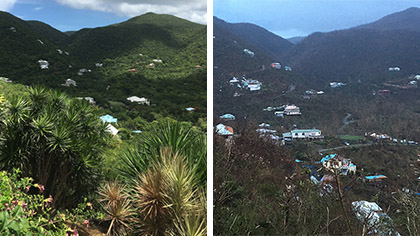
When the storm moved on to ravage Florida, “rooftops were laying in the middle of the road,” continued Keaton. “My buddies used hand tools to cut through power poles blocking our paths” to the bay. “Fish Bay and Coral Bay got hit the worst. It’s not something I want to relive again,” he confided.
“My ears were popping from the pressure,” noted Aimee Hookstra, who was on the island with husband Steve to attend the wedding and to celebrate the couple’s own tenth wedding anniversary.
Local residents told Keaton the fire department’s wind meter “broke at 185 miles per hour,” though they couldn’t confirm it. “I tried to keep calm because I didn’t want the girls to freak out,” he confided. “Luckily, we survived.”
Keaton’s before and after photos show a tranquil carpet of majestic green scenery that Hurricane Irma transformed into a scarred brown landscape of naked trees completely stripped of leaves, haphazardly twisted metal, and crushed homes.
He said that for the most part, the community of locals and visitors banded together immediately after the powerful storm stomped through. Looting began a couple of days later because food and water were scarce and there was little security.
“We heard a customs arsenal was looted and all of their guns were stolen,” said evacuee Brandi Frantum. “It was just awful.” The friends attempted to book flights home to no avail and heard reports of ferry boats bound for Puerto Rico that were turned away for unknown reasons.
Chris Norton cradled his two dogs Chupa and Loca that were nervously curled at his feet during the three-hour flight to Lakeland. Norton said he enjoyed his job of 20 years at a picturesque Saint John hotel before Hurricane Irma stole it from him with a crushing blow. “There’s no hotel there anymore so I’m not sure what I’ll do now,” he confided as he stroked the pets.
An emotional Norton hugged Beattie after he exited the aircraft and thanked fellow pilot Davidson and AOPA. “What you’ve done today by dropping off supplies for those people, and then helping us, that’s amazing …” he trailed off, biting his lip as Norton’s brother patted his back.
“I’m glad we were able to help,” responded Beattie. “That’s what it’s all about.”
